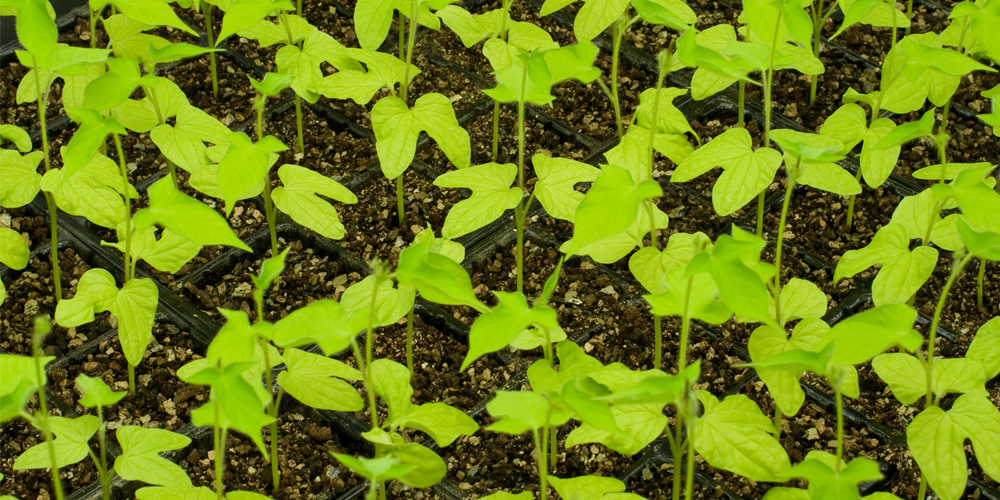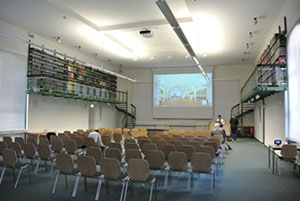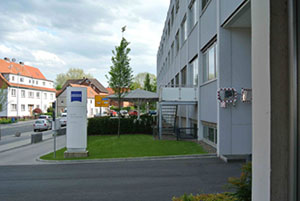
National Institute for Basic Biology




| Venue | Göttingen, Germany |
|---|---|
| Date | May. 6-9, 2015 |
I participated in the EMBO Workshop “Embryonic-Extraembryonic Interface: Emphasis on molecular control of development in amniotes” with the support of the international cooperation program of NIBB.
The workshop was held at the Historical Library Building in the city of Göttingen from the 6th to 9th of May, 2015.
This workshop was the second meeting successively-held after the EMBO workshop “Lineage Commitments: Emphasis on Extraembryonic-Embryonic Interfaces” held in May 2011. Some of the participants I met at the initial meeting accepted invitations to the 61st NIBB conference. This meeting was compact with a little less than 100 participants consisting of invited speakers and poster presenters, and was very focused, with a lot of experts of the discipline. About one third of the participants were the same participants of the last meeting. It seemed to me that this meeting had large expectations. I was the one of the participants of the last meeting, and had an opportunity to give an oral presentation. This time I was eager to meet Dr. Richard Gardner, a pioneer of research in early mouse development , which I was able to do.
The presentations at the meeting focused on issues ranging from the relationships between embryonic and extraembryonic tissues of not only mammals but also reptiles and birds, to the development of humans. It included aspects of comparative morphology, however, there were many presentations focused on the broader perspective of extraembryonic tissues essential for embryonic development. The meeting ended up being very meaningful. We discussed some research with not only the prospect of related information leading to developing future research directions, but also the possibility of collaborative research.
The final session discussed the possibility of development of future research areas, where we came to share the idea that similar meetings should be continuously held.


Göttingen is an old university city, and its historic landscape has been conserved because it escaped war damage. The conference venue used to be a historic library. In addition, near the main station of Göttingen, there is an optical microscope plant of Carl Zeiss Microscopy, a German company providing optical microscopes, so we took a tour of the plant. I was reminded of the similarities and differences between the Olympus Ina Plant we had before. It was an impressive experience.
Division of Embryology, Toshihiko Fujimori